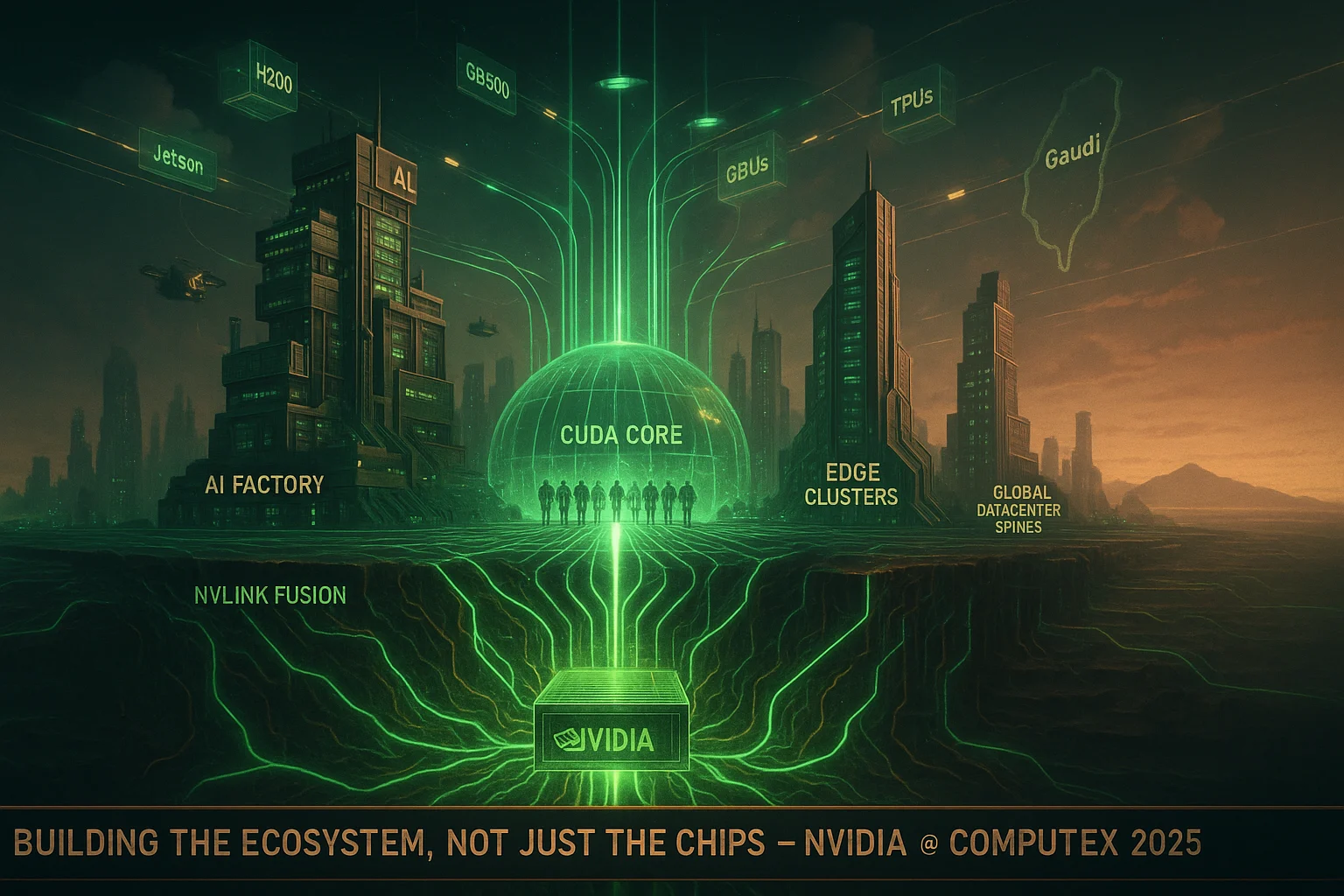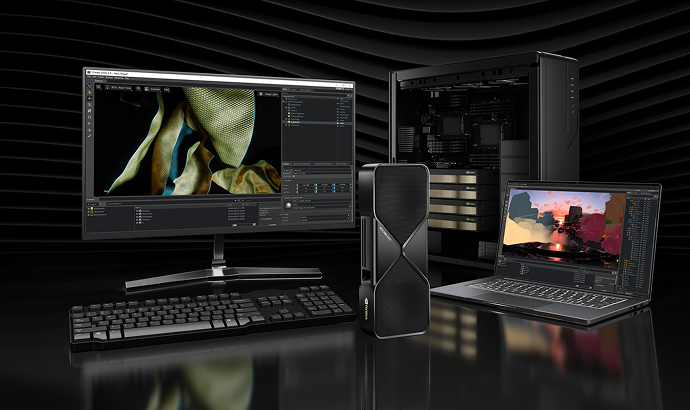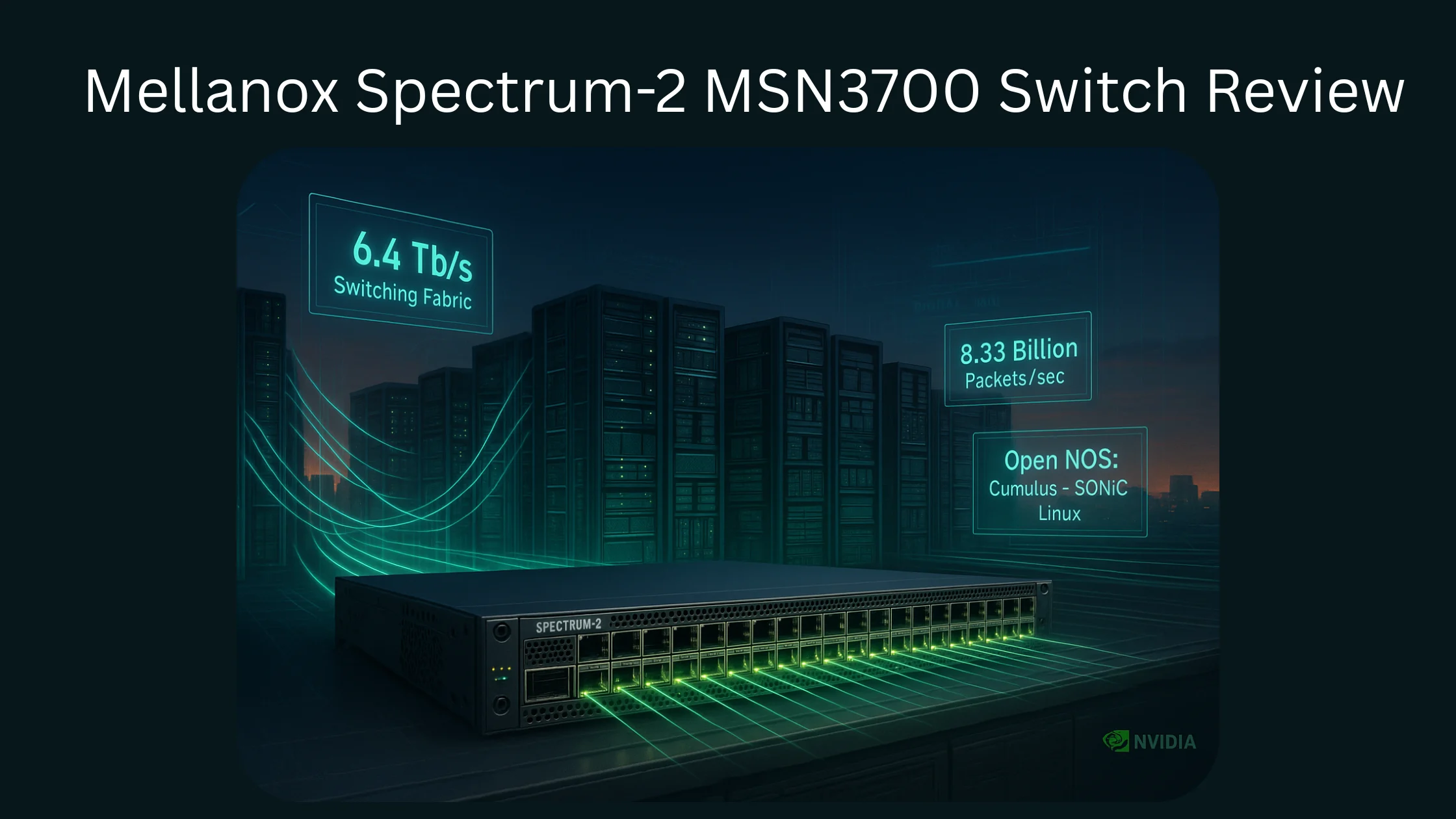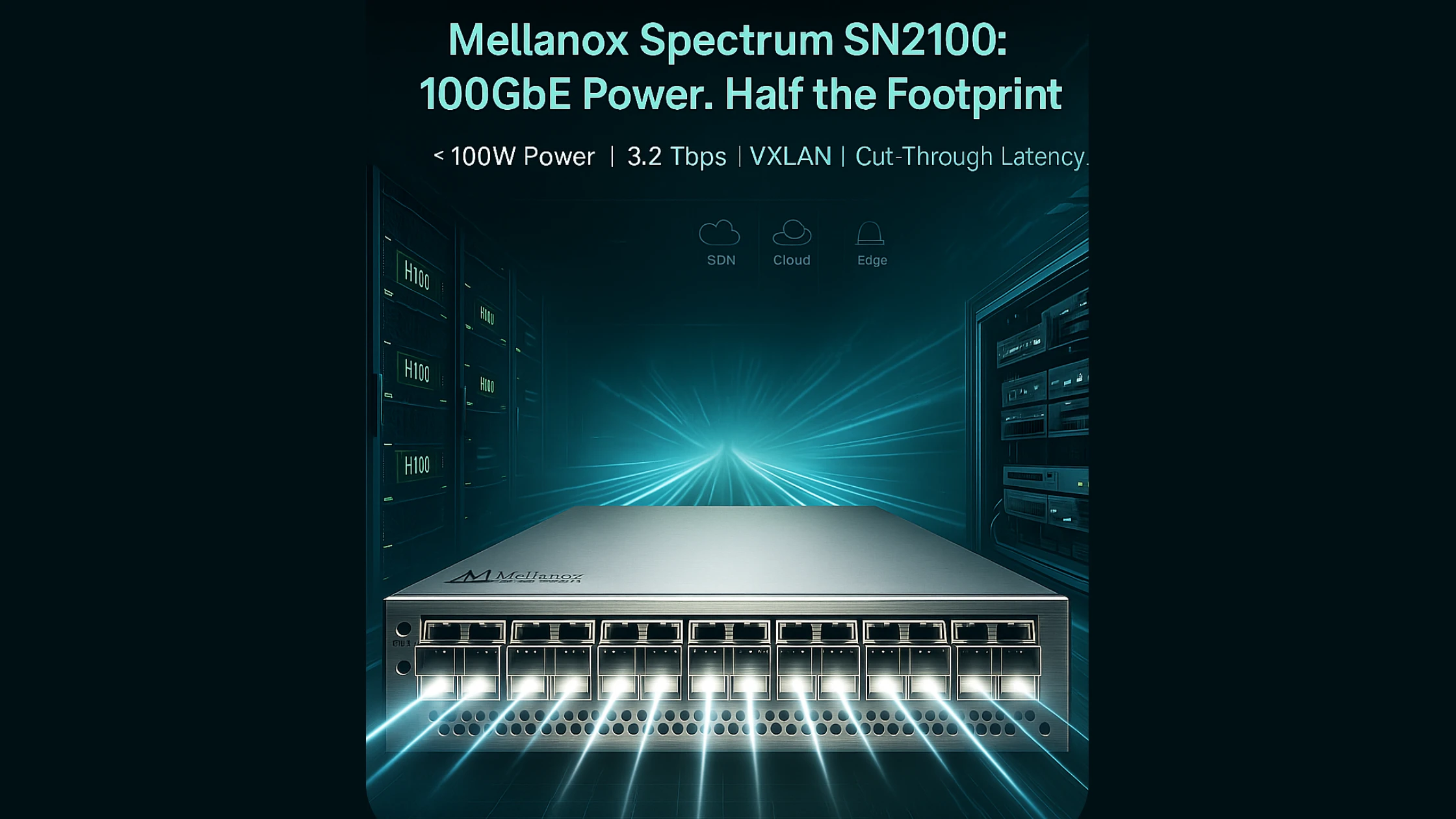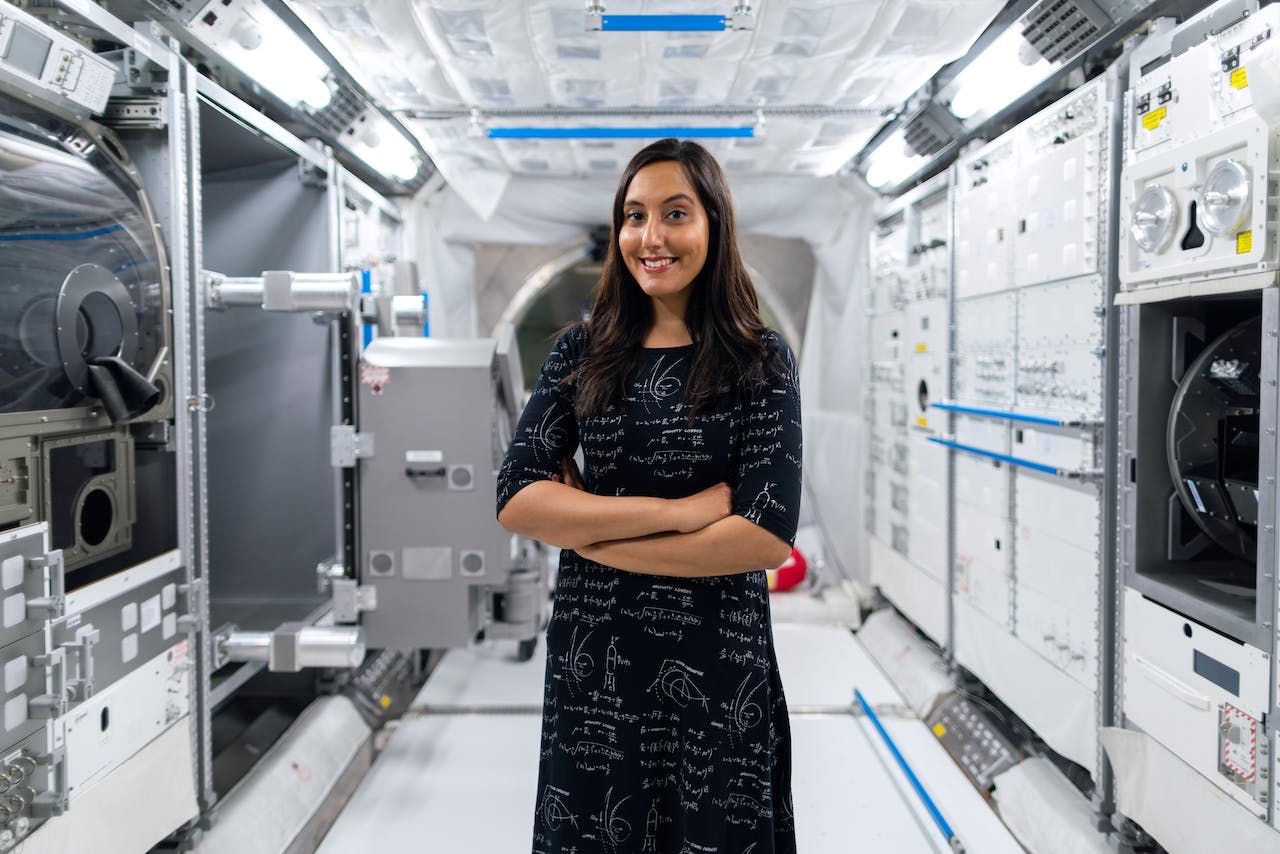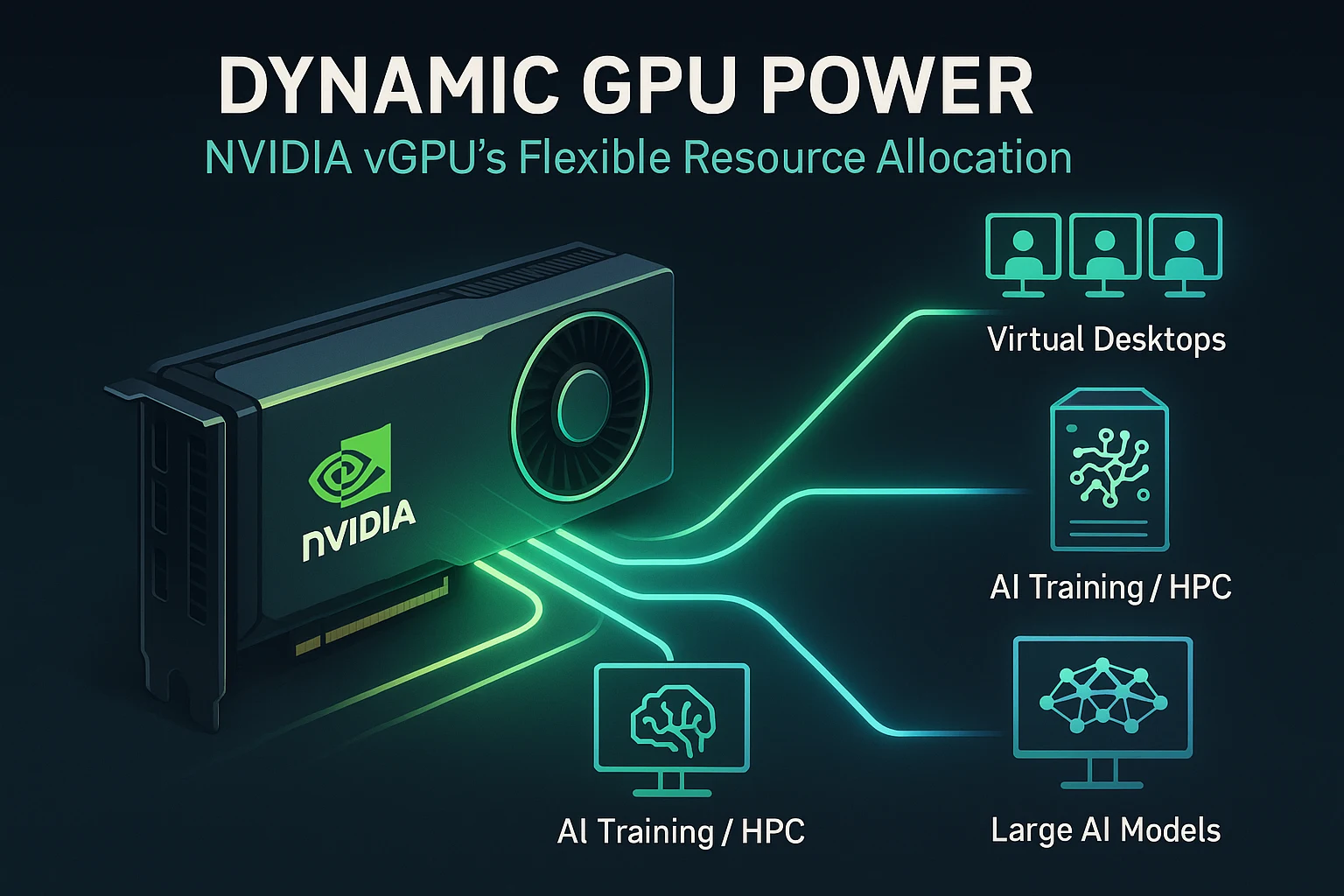
NVIDIA vGPU: Virtualize GPU Power for Modern Workloads
NVIDIA vGPU fundamentally transforms enterprise GPU resource allocation and utilisation by enabling multiple virtual machines (VMs) to share one physical GPU or assigning multiple vGPUs to a single VM. This software operates between the hypervisor and the physical GPU, securely allocating resources like memory, compute cores, and drivers to each VM, ensuring near-native performance. This approach shifts from traditional dedicated GPU usage, which often led to under utilisation, to a flexible, shared model. It allows organisations to maximise GPU utilisation, significantly reducing idle capacity and hardware costs. Deployment options, including shared vGPU, GPU pass-through, and multi-vGPU, offer dynamic scaling for workloads such as AI, HPC, and virtual desktops, enhancing efficiency and simplifying IT management.
12 minute read
•High Tech and Electronics

